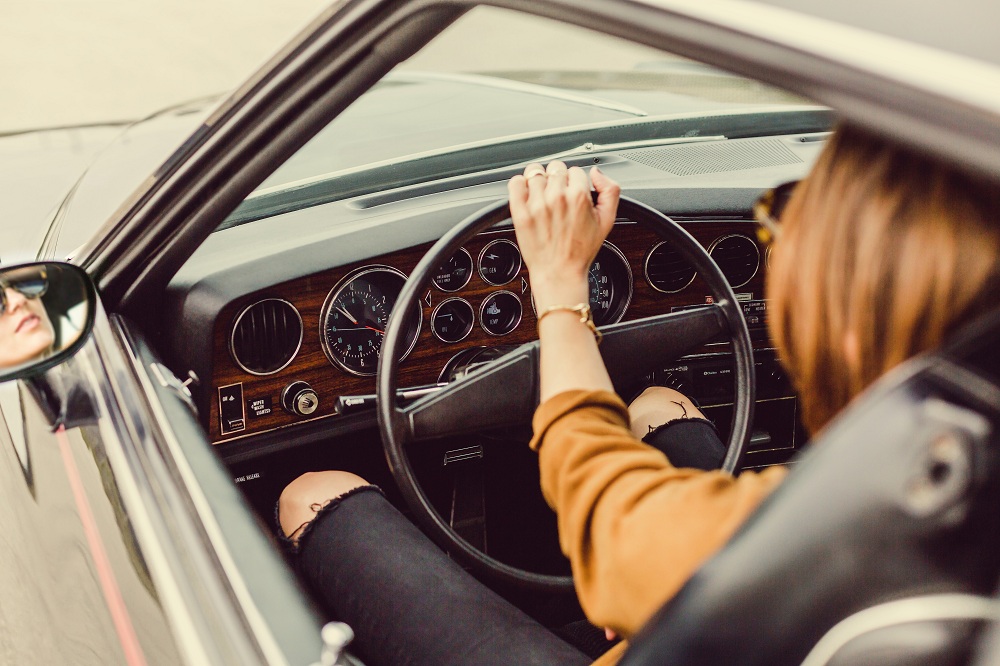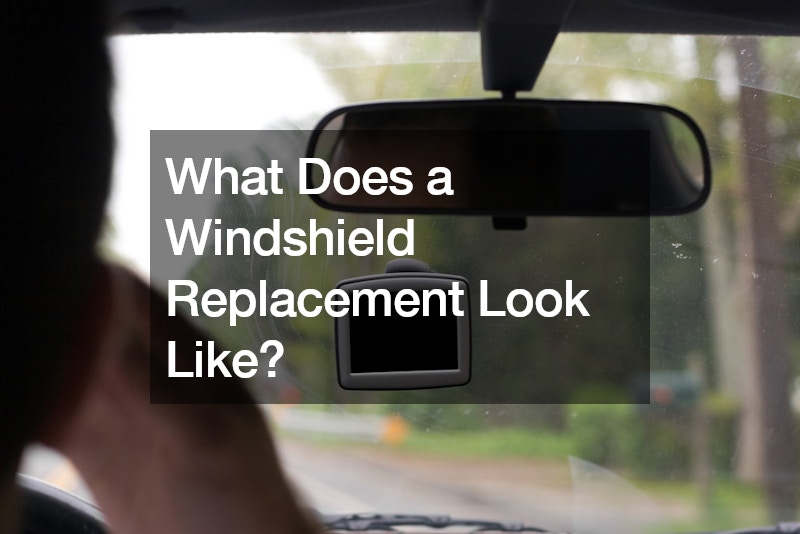Classic car restoration has become a hobby for a lot of people nowadays. Restoring an old car to its former glory is a wonderful way to relive automotive history. And of course, there is also a certain pride in knowing you were able to restore something from the past.
Old Car Restoration: A Mantra
If you are restoring an old car, one of the more important lessons you need to take to heart is this: do not change a classic car’s original configuration. The more you configure a classic car, the more tampered it becomes.
Classic cars are unique finds. If you’re restoring one, try to keep them as close to their original configuration as possible.
Restoring an old car is challenging, but it is also quite fun. Plus, it gives you the opportunity to learn about classic automotive up close.
Once you’re done with the restoration process, you could already start doing as you please with your classic car.
Classic vs vintage
Be careful when using the word classic and vintage. While some people tend to interchange these terms, they actually have different meanings.
Classic cars are those that are built after 1930. The minimum requirement is that they should be more than 25 years old.
On the other hand, vintage cars are cars that are much older. These cars are those that were built between 1905 and 1930.
Pre-war vintage cars are more difficult to maintain. Their parts are also more expensive as compared to the post-war models. That said, you should be prepared to spend a lot of cash on your classic pre-war car to make sure that it’s running smoothly.
Using a vintage car
 There is more to driving a vintage car than meets the eye. Vintage cars were built with a car ignition timing system in place. It is through this system that a spark plug begins to ignite the fuel, pushes down a piston, and brings the car to life.
There is more to driving a vintage car than meets the eye. Vintage cars were built with a car ignition timing system in place. It is through this system that a spark plug begins to ignite the fuel, pushes down a piston, and brings the car to life.
Driving classic cars: is it safe?
Let’s go back to classic cars.
More often than not, hobbyists who restore classic cars for fun have the ultimate goal of using this old car for themselves. The question now is, is it safe to traverse modern roads using old cars?
The short answer to this question is yes. But this does not mean you can use a classic car the same way you use a modern one. First off, you need to identify the key differences between the two.
Emergency braking
If the classic car you’re driving is older than 1978, chances are, it does not have an anti-lock braking system in place. This means that in an emergency braking situation, the brakes of your car could easily lock up.
In contrast, a modern car could easily be steered away from trouble if an emergency braking situation takes place.
Here’s a quick tip: when driving a classic car, be mindful of your speed so you wouldn’t need to step on the brakes.
 Steering
Steering
Whereas a modern car can be steered with ease, the absence of power steering in classic cars makes it more difficult to turn the wheels. This doesn’t make a world of difference once your car is already in motion but it would be wise to keep this difference in mind.
Airbags
In general driving safely should always be observed. But you might want to be extra careful with your driving when you’re on the road while driving a classic car. These cars do not have airbags, adding more risks to both the driver and the passengers when road mishaps happen.
Movement
There’s also a different way to use a classic car. In most cases, classic cars come with a system that allows the driver to manually adjust the air and fuel burnt by the engine. Driving classic cars require adjusting this system to help the car move along. Later on, you can tweak the mixture of air and fuel to cut down on fuel consumption.
If you’re used to the steer, brakes, and change gear functions in modern vehicles, you’ll have to get used to some adjustments when you shift to driving a classic car. Classic cars move differently.
Positioning
Some old cars do not necessarily follow the clutch, brake, accelerator pattern. It has a different positioning where the accelerator is placed in the middle. This could easily confuse modern drivers, so be mindful of this positioning.
Gearboxes
Changing gears won’t be easy in classic cars as it is with modern vehicles. Classic cars do not have synchronized gearboxes, making it a bit challenging – and a bit noisy – when you change gears.
Windows
 Finally, you also might want to keep in mind that classic cars do not have power windows. While this does not necessarily affect your driving, it could still affect you in some way when you need to lean over to the other side of the car.
Finally, you also might want to keep in mind that classic cars do not have power windows. While this does not necessarily affect your driving, it could still affect you in some way when you need to lean over to the other side of the car.
Practical Tips
Having identified these key differences, the next thing to do to use your classic car to its full potential is to follow these best practices. Here are more tips:
Prepare for on-the-go repairs.
 Driving a classic car is always a wonderful experience. But even so, you need to keep in mind that classic cars require maintenance and repairs far more than the modern vehicles do.
Driving a classic car is always a wonderful experience. But even so, you need to keep in mind that classic cars require maintenance and repairs far more than the modern vehicles do.
To breeze through basic repairs even when you’re on the road, you can store some spare parts in the trunk of your car. Fan belts, fuel pumps, fuel hoses, spark plugs, condensers, contact points, and even fuel pumps are some of the on-the-go spare parts you should consider storing.
Anticipate what your classic or vintage car would need.
When driving around in a classic car, you should put yourself in the shoes of a mechanic. This means you should try to anticipate what the car would need. The basics include gasoline, spark, and compression.
Go for test drives
If you rely on a classic car to take you to places, it is necessary to regularly see how well it is performing. Check the wheel bearings, brakes, steering, oil, and tire pressure. Take the car out for a test drive to make sure it’s reliable.





